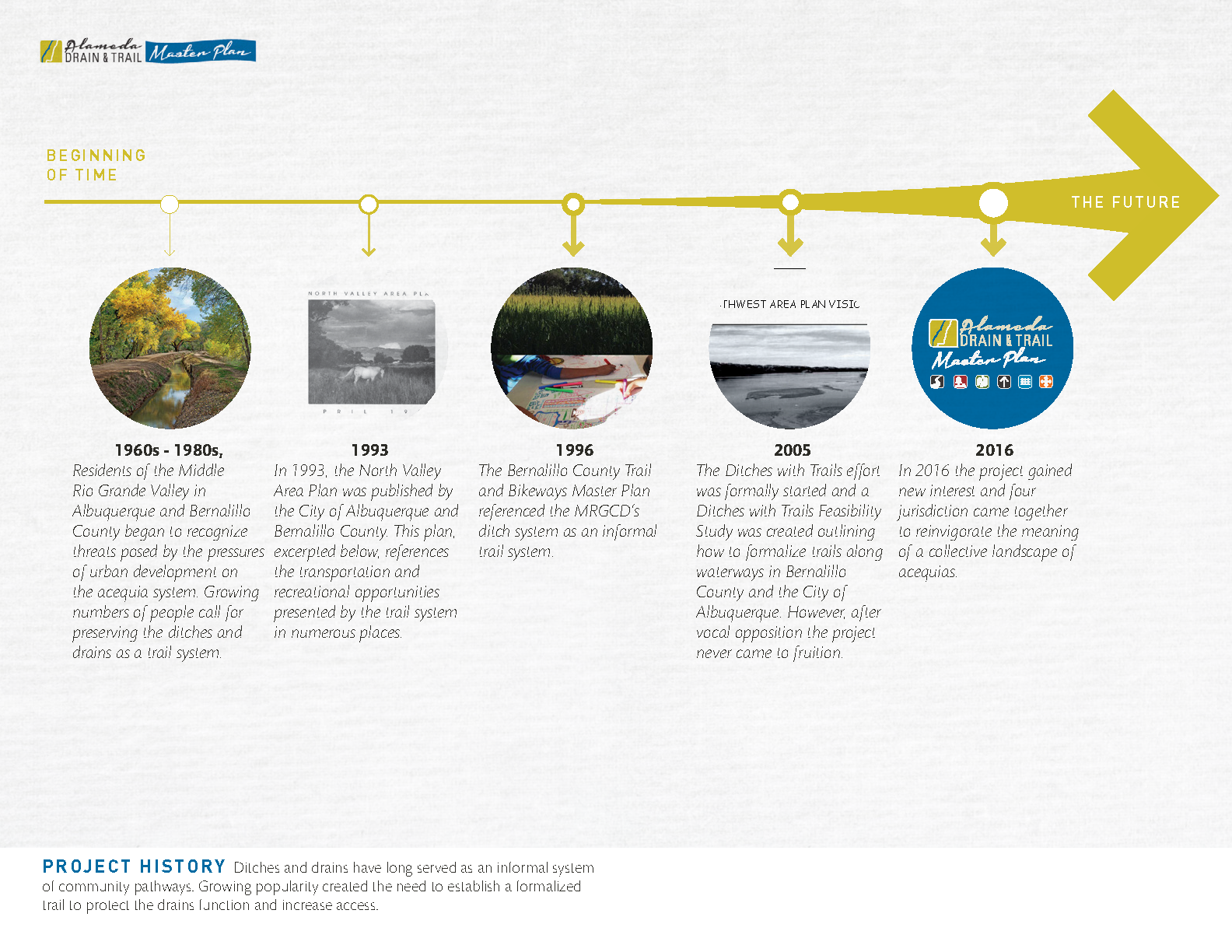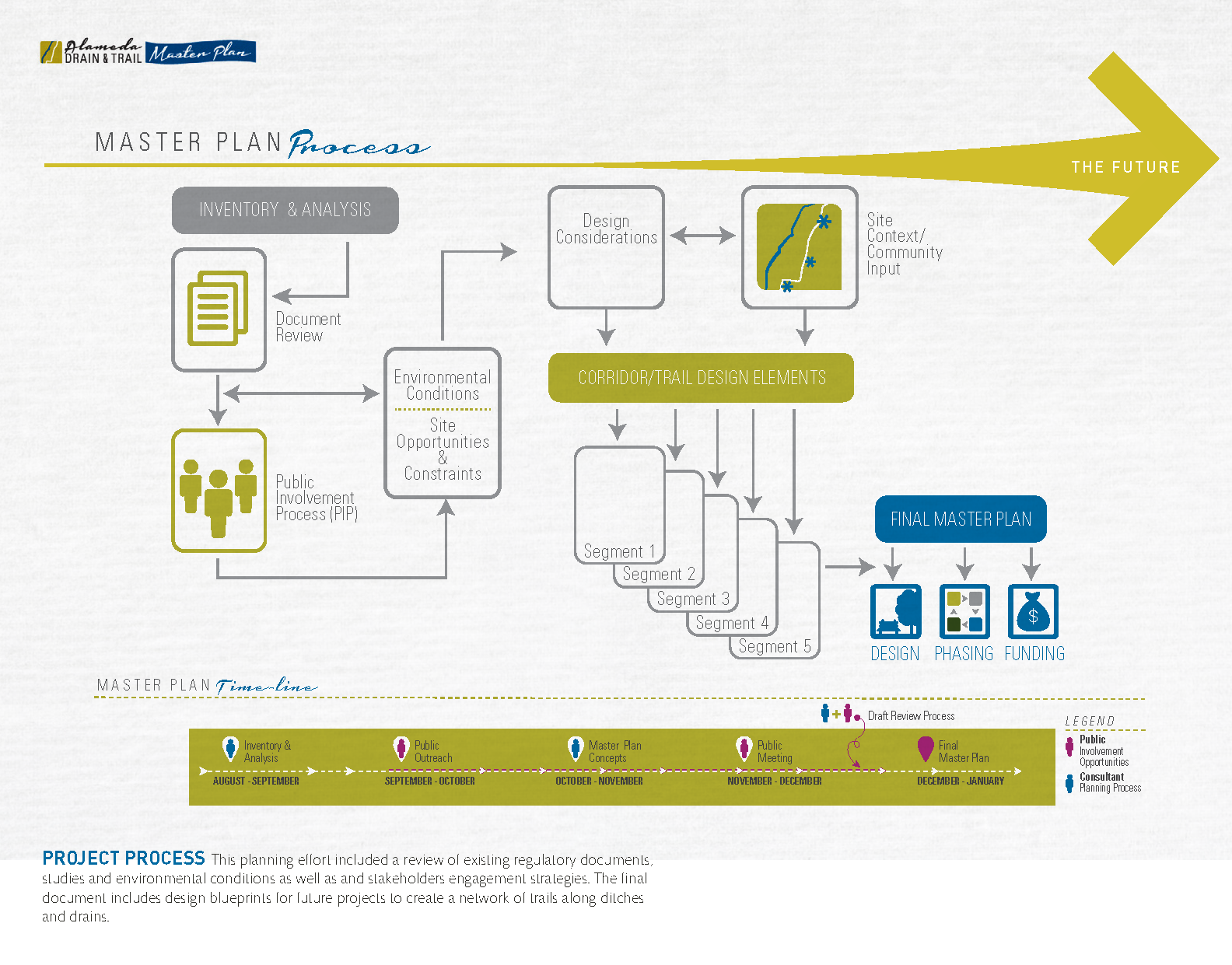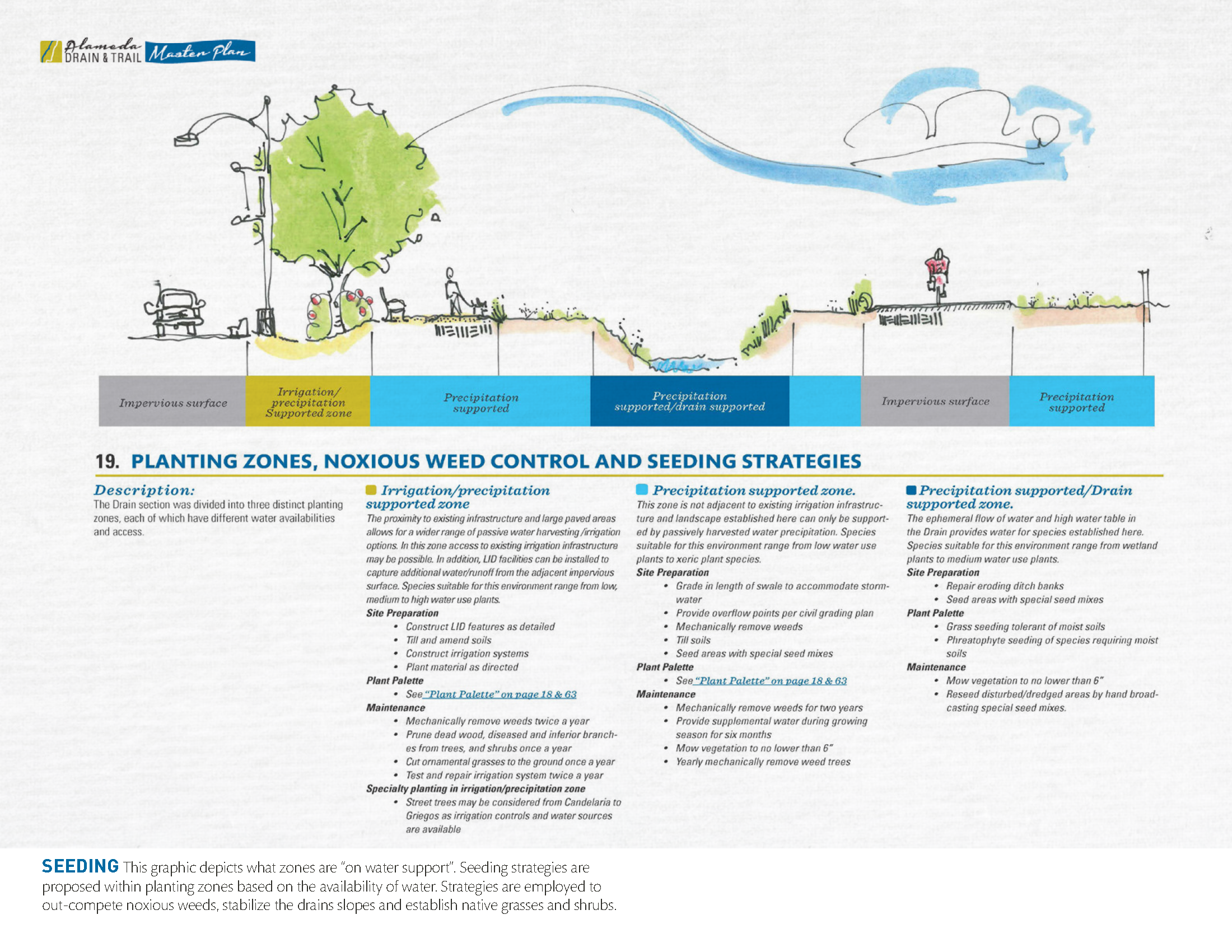letter from the president
Hello NMASLA! Spring has sprung! As I write this, there’s a steady drizzle tapping on the skylights. What a rare and welcome sound.
Myself, President-Elect Justin Weathermon, Trustee Rob Loftis, and ASLA National President-Elect Greg Miller, are scrambling to wrap things up before we head out to Washington DC for Advocacy Day this week, where we’ll meet with several of our elected officials. We are very fortunate in New Mexico to have representatives in Washington who are friendly toward the profession, so our advocacy activities largely consist of thanking them for their continued support.
I hope those who attended our Q1 Multi-Modal Experience a couple weeks ago had a great time. We had a number of excellent speakers who covered a wide range of topics relating to the integration of multiple modes of transportation into our transportation infrastructure. We followed that up with a bus ride from downtown Albuquerque to Louisiana and Central and concluded with an easy downhill ride from Phil Chacon Park to MRCOG. We were honored to have Senator Bill Tallman from District 18 join us. Senator Tallman sponsored the latest Complete Streets Memorial and updated the group on the ongoing complete streets legislative effort. Thank you, Senator Tallman!
As I mentioned in the last letter, 2017 is a continuing education reporting year in New Mexico. I would encourage you all to count up your continuing education credits to make sure you’ll have enough by the end of June. If you've been to any NMASLA events from late 2015 through now, you can verify your hours for those on the LA CES website.
NMASLA will be providing one more opportunity for continuing education before it’s time to report. Our Q2 event will take place on June 2. If you need some credits, I encourage you to attend. This year, we are touring the Southside Wastewater Reclamation Plant and the Valle del Oro National Wildlife Refuge. We’ll be filling out the program more as we get closer to the date, so look for updates on the website and in the email blasts.
Our annual golf tournament will be August 25 this year. We hope to see you all out there for some good golf and some good times. Or at least some good times. I’ve seen most of you golf.
Q4 will be October 27 this year and will be about pollinators. We’ll provide additional information as the program develops.
Hope to see some good turnout at the upcoming events! Keep being awesome!
May 1st - instagram takeover!
Monday, May 1, 2017 is World Landscape Architecture Month's "Instagram Takeover" for the New Mexico Chapter. Post photos of your favorite New Mexico landscapes with the "This Is Landscape Architecture" postcard in the foreground and using these hashtags: #WLAM2017 and #nmasla.
Each ASLA chapter has one day assigned to them during the months of April and May. This is our chance to let NMASLA shine!
Thanks!
2nd Quarter Member Anniversaries
Patrick Gay, ASLA - 25 Years
Katya Crawford, ASLA - 15 Years
Robert Loftis, ASLA - 10 Years
Ashlie Maxwell, Associate ASLA - 5 Years
Aaron Trevizo, ASLA - 5 Years
Project Profile: Alameda Drain and trail masterplan, Dekker/Perich/Sabatini
“El Aqua es Vida”, or water is life, is a revered saying in the Southwest. The intricate system of acequias, that were first constructed over two hundred years ago, continues to distribute water pulled from the Rio Grande to enable agriculture to thrive in an arid region. The Alameda Drain and Trail Master Plan (Master Plan) aims to preserve and enhance this historic cultural landscape and formalize its use as a publically accessible trail corridor. This shift from a purely functional agricultural infrastructure to a more multi-purpose open space and trail asset required a change in thinking and a new level of cooperation between public agencies, and landowners. The project team managed to overcome institutional resistance to allowing public access to the acequias. The Master Plan proposes nine miles of a multi-use trail that celebrates the history of the area, improves water quality and the landscape. It received overwhelming public support and the first phase is underway. A sign of success; a new brewery has opened adjacent to the proposed trail.
New Mexico has a rich tradition of irrigation ditches. For centuries, Native Americans diverted and channeled water to irrigate crops and the first Spanish settlers brought different flood irrigation techniques from the old world, which continue to provide a primary source of water for agriculture. The “acequias” constructed by the Spanish settlers, are engineered canals that convey water from the river to the fields. New Mexico agricultural lands are arranged in long linear parcels which are perpendicular to rivers with an irrigation acequia above the fields.
The Alameda Drain is part of the larger network of water conveyances that irrigate fields and shape development patterns in the Middle Rio Grande Valley. As its name implies, the Alameda Drain “drains” the water from high water tables from the irrigated fields, and conveys the water through nine miles of rural, residential and tribal areas before returning the water to the Rio Grande.
Since the 1930’s, the Middle Rio Grande Conservancy District (MRGCD) has managed and maintained the drainage and irrigation systems, which included the Alameda Drain. Their management has helped to preserve this historic agricultural landscape. Today, these corridors not only serve their core agricultural functions, but are used informally by the public for recreational activities such as walking, running, biking and equestrian activities. MRGCD has historically resisted efforts to formally adopt a trail plan that is publically accessible. A prior planning effort to adopt a comprehensive trail system was voted down by the MRGCD board. Some landowners did not want a trail adjacent to their property and within MRGCD, there was resistance to allowing public access to the drainage ways. With a change in leadership MRGCD wanted to find a new way to approach this issue.
Giving the drain corridor new shape and form required a collaborative effort between Bernalillo County, who managed the project, MRGCD, who operates the Drain, the City of Albuquerque, who has jurisdictional authority, and the Albuquerque Metropolitan Flood Control Authority who manages the stormwater. This diverse group of project partners had to collaborate and balance competing interests and shifted their thinking from a purely utilitarian water conveyance function to balancing competing demands for access, maintenance, and creation of a recreational asset.
The project team, comprised of landscape architects, planners and civil engineers, completed extensive mapping and analyzed multiple overlying land ownership, rights of way, permits and access easements. They identified adjacent community nodes and the cultural landscape associated with the Alameda Drain. From this rigorous assessment, the project team created a series of base exhibits to help convey the challenges of introducing a public trail and open space into this historic corridor.
A Steering Committee with representation from the four public agencies provided a forum for project decision-making. At the outset of the project, the Steering Committee focused on a Public Involvement Plan that outlined the overall strategy and scope for soliciting public input. Stakeholders were kept in the loop and were part of every stage of the planning process with direct communication lines to the project managers. The project team conducted listening sessions to explore the corridor on bikes and on foot, inviting stakeholders to participate in Saturday rides/hikes. Field workshops and public meetings strengthened lines of communication and levels of trust with neighbors and stakeholders. Nearby landowners were at times supportive, and at other times, contentious, about making what seemed privately-owned land accessible to everyone. The public expressed concerns about property access, trail alignment and increased trail traffic resulting from a formalized trail. Others lamented the loss of wildlife which used to be a common sight. Design options were vetted without sacrificing neighborhood identity and intensive “listening” activities helped to address individual issues before they became project roadblocks. At the final public meeting in August 2016, participants expressed strong support for the master plan and its core concepts.
The Alameda Drain & Trail Master Plan provides:
· user-friendly graphics illustrating the constraints, land ownership, restricted right-of-way and opportunities along the corridor;
· a consistent design for a multi-use trail with community amenities along the project corridor;
· sustainable strategies for improving water quality suitable for urban and rural conditions;
· strategies to reseed neglected landscapes with native seed mixes appropriate to the water regimes, curbing noxious weed growth and revegetating the corridor;
· a landscape strategy that acknowledges historic agricultural land by creating opportunities to grow the local food movement like plantings of fruit trees, berries and community gardens that reuse and filter stormwater;
· water features to cleanse and celebrate water in the high desert;
· trails of asphalt and decomposed granite appropriate for accommodating bicyclists, horses and walkers; and,
· artwork that is responsive to the adjacent communities.
The Master Plan proposes low impact development strategies, such as curb cuts along the adjacent street that allow stormwater to get filtered through bio swales prior to entering the Alameda Drain. Gabion plunge pools will catch floatables and aerate water. Strategic locations along the Alameda Drain are targeted as planting areas for orchards or wild asparagus (typically found along ditch banks) wherever water is prevalent.
Giving shape to the adjacent access roads are swales that will collect, filter and direct stormwater without eroding the drain banks. Seeding mixes of native grasses, shrubs and trees such as desert willow, chamisa and four wing salt bush are utilized on the dry steppes above the ditch, and riparian seed mixes with bulrush, horsetail and switchgrass will enhance and stabilize the ditch slopes. Native seed banks, depleted by repeated grading, and hurt by unrestricted ATV access has compacted soils, giving way to goatheads and tumbleweeds. Strategies to reduce nuisance plants, via mechanical means and training of maintenance personnel to identify plants are designed to perpetuate beneficial plants that stabilize the soil enhancing the currently denuded area.
The overall planning process created a foundation of trust and is a template for future multi-jurisdictional collaborations and master plans for water conveying acequias and drains across the state of New Mexico that celebrate our collective traditions of agricultural and love of the outdoors. When implemented, the design initiatives of the Alameda Master Plan will create a resilient park connected to a diverse native ecology and its cultural and historic past. Design of the first mile is underway and local businesses have responded with development plans that take advantage of multi-use trail traffic.
Dekker Perich Sabatini worked with HDR and Weston Solutions to develop the Alameda Drain Trail master plan. Significant contributions from DPS staff included Will Gleason, Mimi Burns, Ken Romig, Gregg Way, Katrina Arndt and Jessica Johnson.
trustee's report
The board of trustees will meet in Washington DC for their mid-year meeting on April 27th and 28th. A number of topics are on the agenda and we will visit the newly remodeled ASLA headquarters, dubbed "The Center for Landscape Architecture". ASLA staff has moved back in and the renovated facility is a significant upgrade, much more suited to day to day operations and for hosting visitors. To date ASLA has received contributions of $1,235,125 to fund the center, which is 82 percent of the $1.5 million goal.
An exciting rebranding effort is underway in conjunction with the new headquarters renovation. A new ASLA logo as well as other public relations tools are on track for an update. The ASLA Executive Committee and members of the rebranding task force met by webinar with Richard Poulin and Erik Herter of Poulin+Morris to review a second round of refinements to their rebranding proposal. The proposal will be further refined based on comments received, and Poulin will present to the BOT during the midyear meeting for a full discussion and input.
The ASLA Government Affairs staff and committees have been hard a work. The last few months have been tumultuous with the new presidential administration taking control. Several budget proposals look to eliminate federal programs accesses by Landscape Architects including the Land and Water Conservation Fund and the TIGER program. Simultaneously, the Trump administration has proposed a "YUGE" infrastructure program. Next week, the New Mexico Chapter leadership will visit Capitol Hill to remind our Federal Elected Officials that infrastructure means more than asphalt. Green infrastructure, Main Streets developments, and other improvements should be considered as we begin to make a long overdue investment in our built environment.
In local news, our Landscape Architecture Practice Act is up for a Sunset review in 2018. This means that a legislative committee will review our Act and our State Board and decide whether or not it should continue. In the past we have been quite lucky in that sunsetting of our Act has not been recommended, however at the last review it was quite evident that the committee members did not understand what Landscape Architecture is and what it is we do! The NMASLA Executive Committee is determined to change that in 2017. We are currently working on a plan of action which we will reveal in the next few weeks. We will need each and every NMASLA member to take action to ensure that Landscape Architecture remains a licensed profession in New Mexico.
I am always interested and available to hear your questions or concerns about the profession, chapter or national organization. Please contact me at rloftis@mrwmla.com.
new member profile: meet arturo merino!
Q1 Event Recap
On Friday, April 14th NMASLA held our 5th annual multi-modal event. The morning education session was held at MRCOG where we had a total of 9 presentations focused on transportation and infrastructure within the state of New Mexico. Andrew Varoz with the City of Albuquerque, and Karen Aspelin with Parametrix were selected for the first annual multi-modal project of the year award for their work on the Silver Avenue Bike Boulevards Improvement Project.
After breaking for lunch, about half of the morning attendees joined us for a bus / cycling / walking tour of new and exciting projects the City has constructed that include safety improvements for pedestrians and those traveling by bike. The highlight of the bike ride was traveling through the Silver Avenue Bike Boulevards Improvement Project and seeing in person how the City has incorporated new techniques in creating safer places for cyclists to ride. The back-in style parking spaces the City has incorporated have been well received but additional education to the public about their proper use may be needed.
In all, it was another good year for the multi-modal event. Thank you again to our sponsors: Rain Bird, Exerplay, and Anova Site Furnishings. We look forward to seeing you all again and incorporating some fresh new ideas next year.

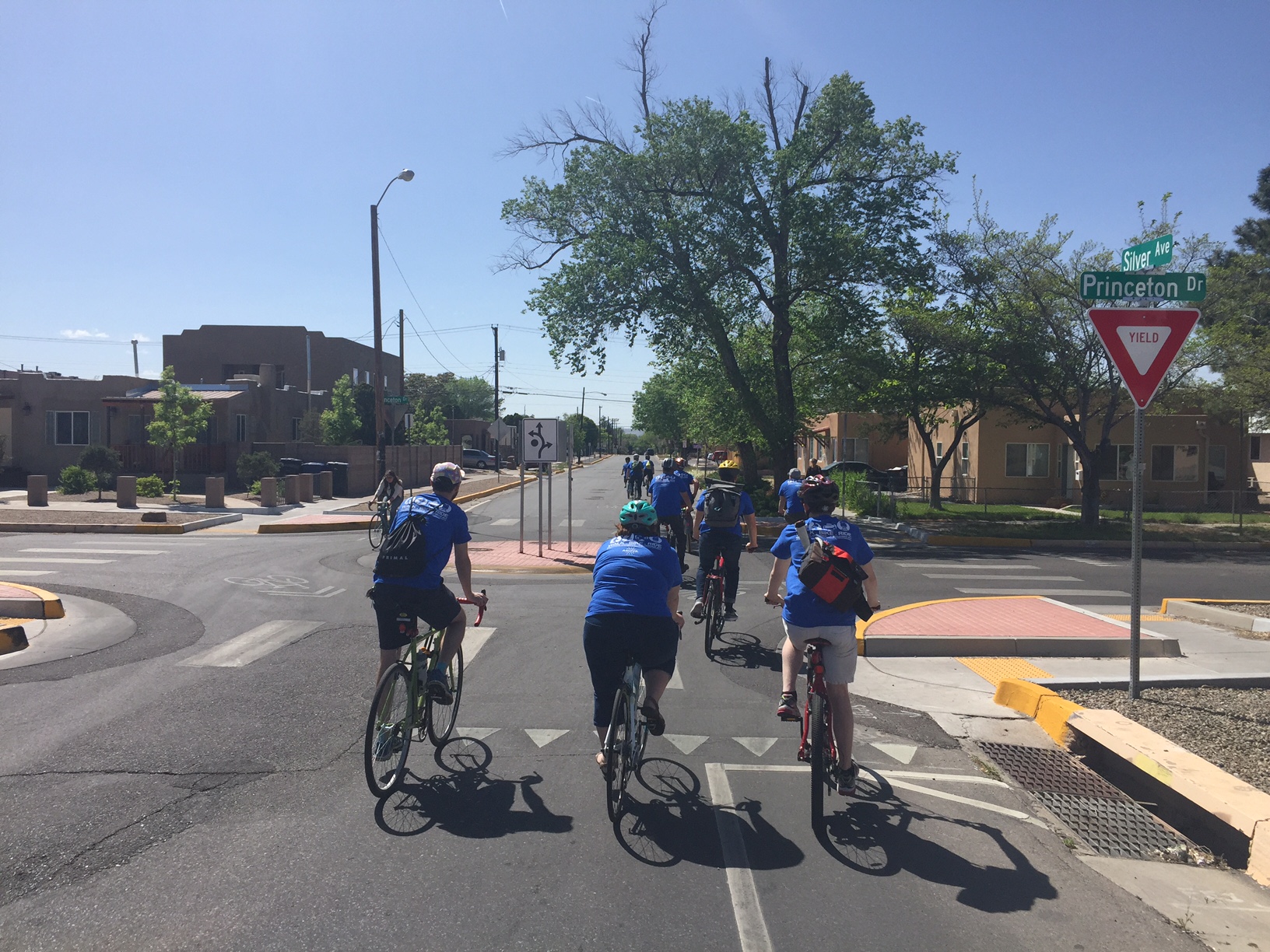
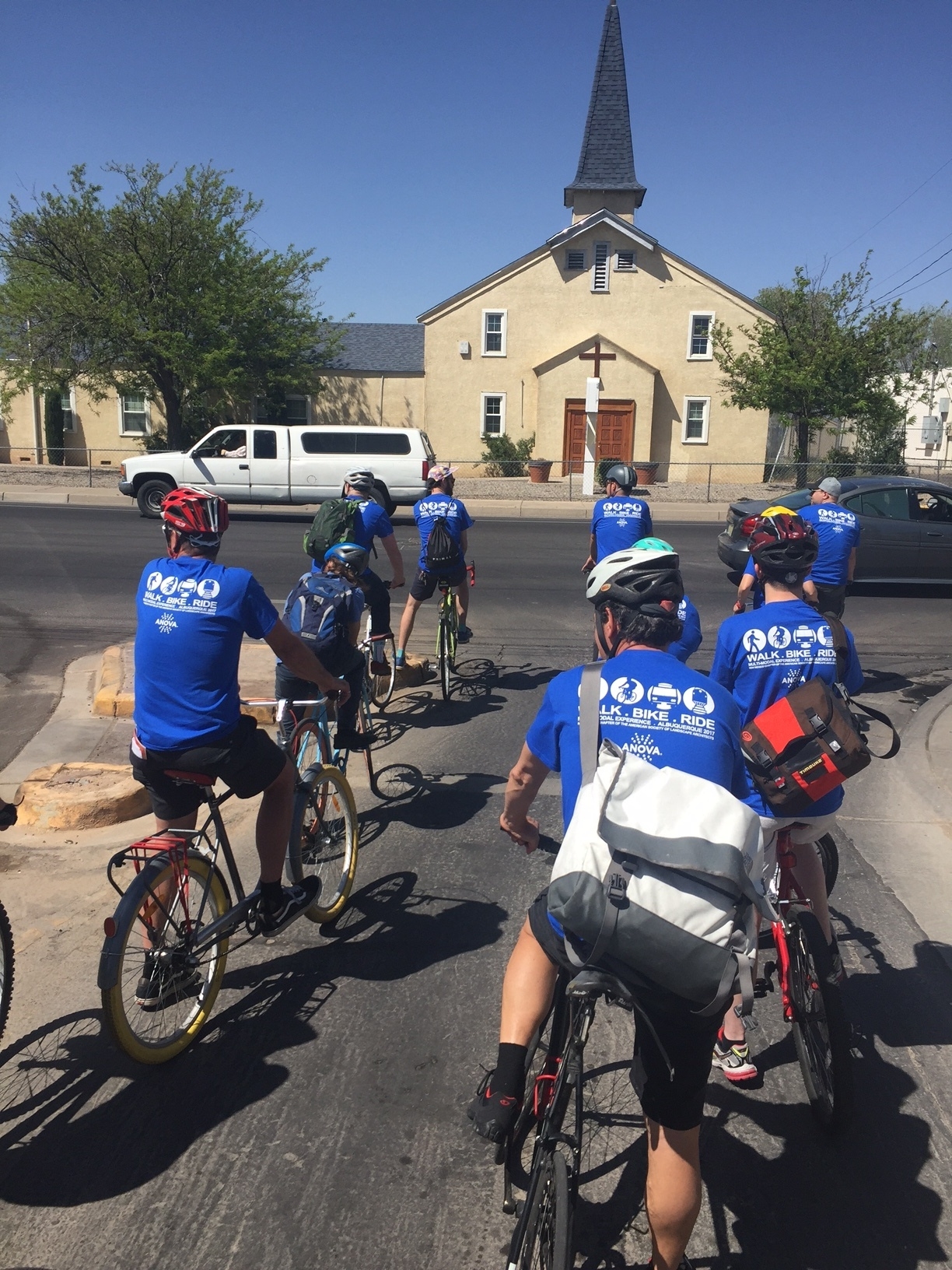
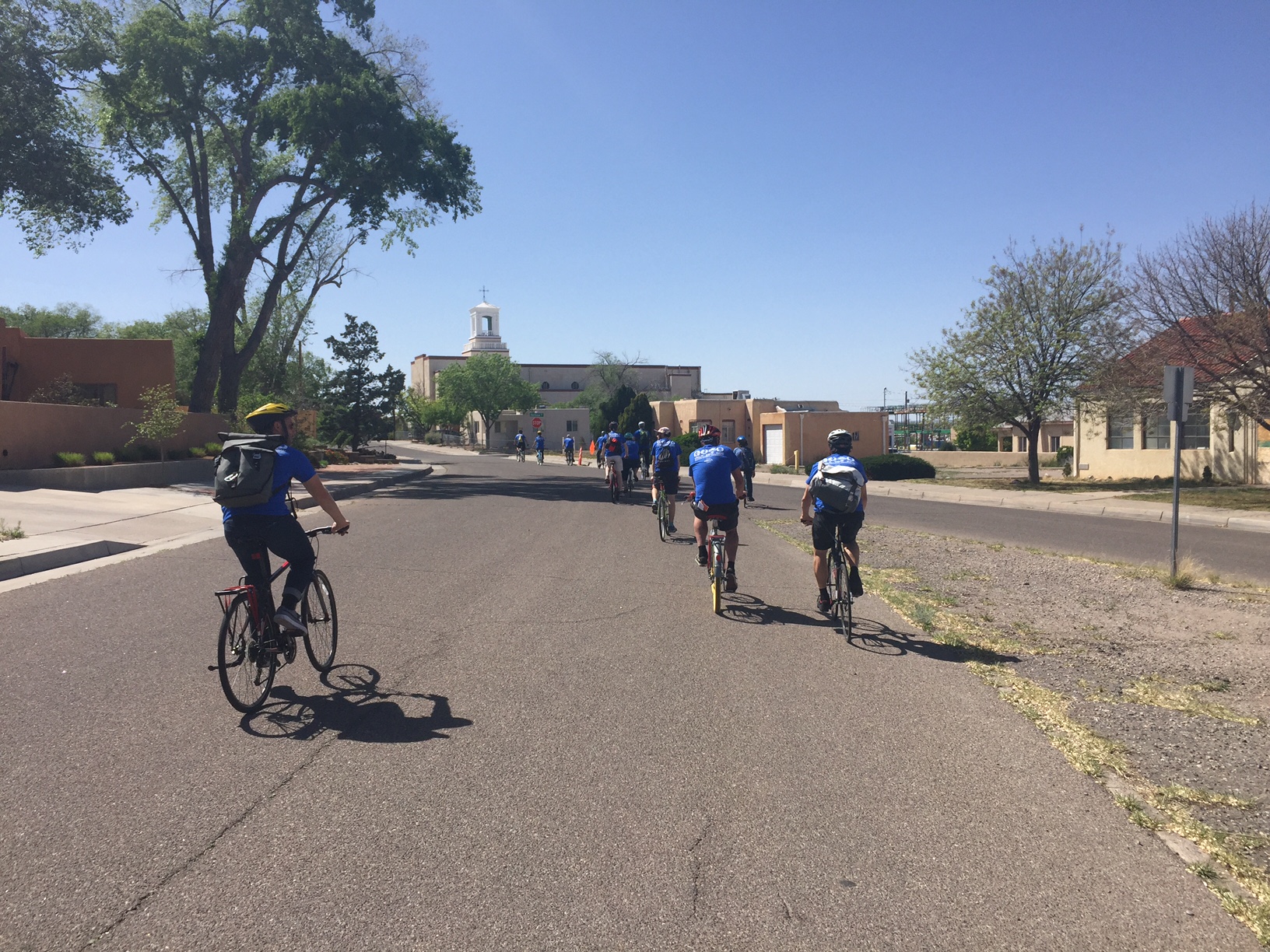

Upcoming events
Visit our events page for more info.







